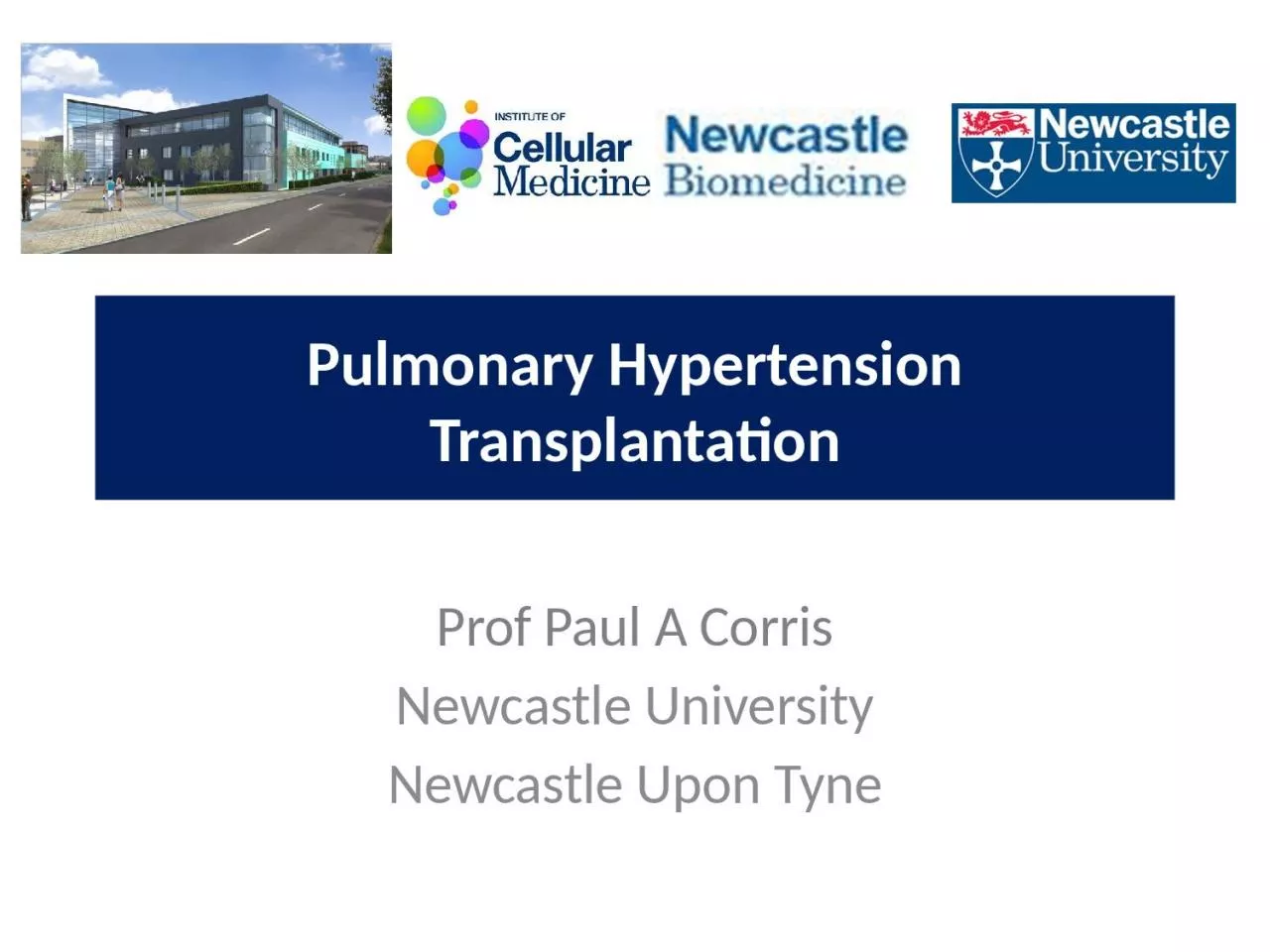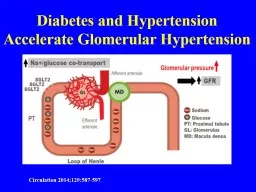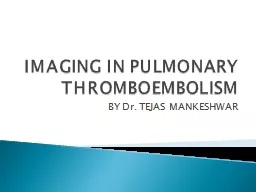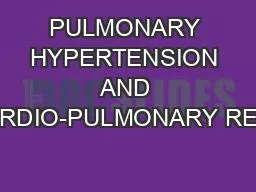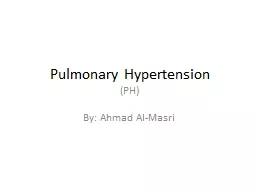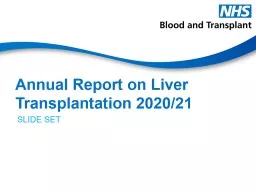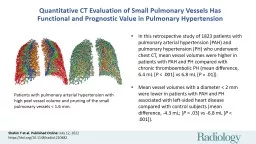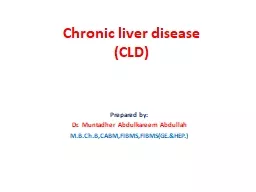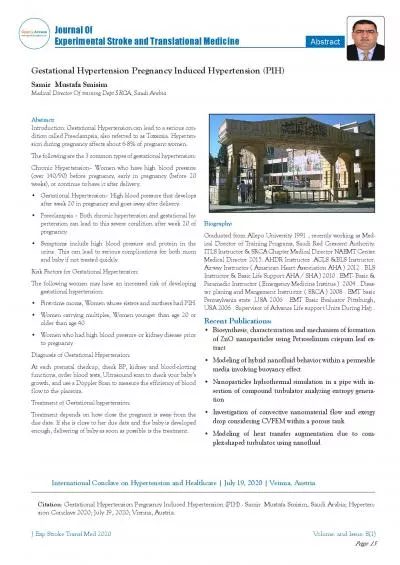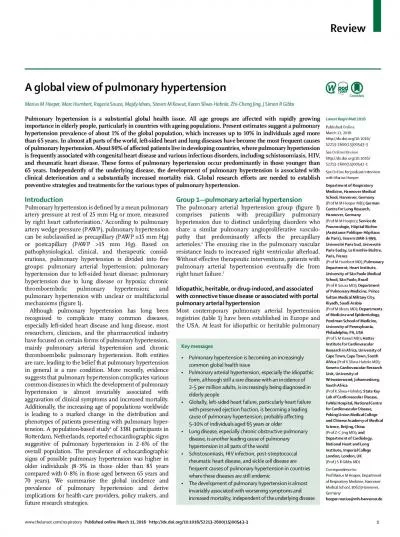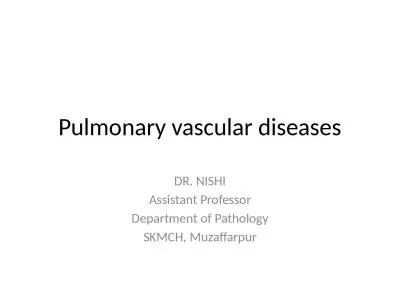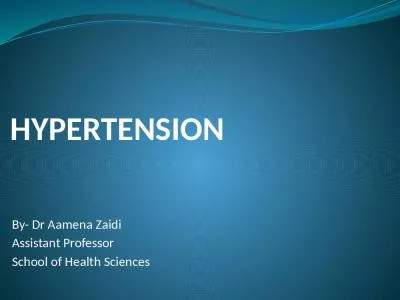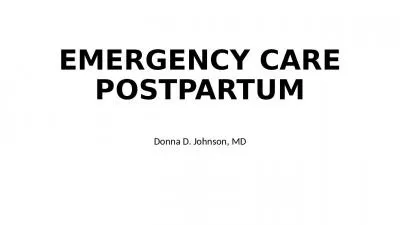PPT-Pulmonary Hypertension Transplantation
Author : NoPainNoGain | Published Date : 2022-08-01
Prof Paul A Corris Newcastle University Newcastle Upon Tyne Pulmonary Hypertension Which of the following statements are true A breathless patient with normal LV
Presentation Embed Code
Download Presentation
Download Presentation The PPT/PDF document "Pulmonary Hypertension Transplantation" is the property of its rightful owner. Permission is granted to download and print the materials on this website for personal, non-commercial use only, and to display it on your personal computer provided you do not modify the materials and that you retain all copyright notices contained in the materials. By downloading content from our website, you accept the terms of this agreement.
Pulmonary Hypertension Transplantation: Transcript
Download Rules Of Document
"Pulmonary Hypertension Transplantation"The content belongs to its owner. You may download and print it for personal use, without modification, and keep all copyright notices. By downloading, you agree to these terms.
Related Documents

